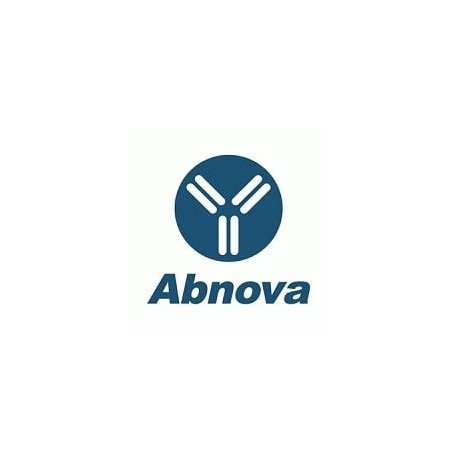Cart 0 Product Products (empty)
No products
To be determined Shipping
0,00 € Total
Prices are tax excluded
Product successfully added to your shopping cart
Quantity
Total
There are 0 items in your cart. There is 1 item in your cart.
Total products (tax excl.)
Total shipping (tax excl.) To be determined
Total (tax excl.)
Data sheet of ERBB3 (phospho Y1328) polyclonal antibody
| Brand | Abnova |
| Product type | Primary antibodies |
| Reactivity | Human,Mouse,Rat |
| Host species | Rabbit |
| Applications | WB-Ce,IHC-P,IF |
More info about ERBB3 (phospho Y1328) polyclonal antibody
| Brand: | Abnova |
| Reference: | PAB12186 |
| Product name: | ERBB3 (phospho Y1328) polyclonal antibody |
| Product description: | Rabbit polyclonal antibody raised against synthetic phosphopeptide of ERBB3. |
| Gene id: | 2065 |
| Gene name: | ERBB3 |
| Gene alias: | ErbB-3|HER3|LCCS2|MDA-BF-1|MGC88033|c-erbB-3|c-erbB3|erbB3-S|p180-ErbB3|p45-sErbB3|p85-sErbB3 |
| Gene description: | v-erb-b2 erythroblastic leukemia viral oncogene homolog 3 (avian) |
| Immunogen: | Synthetic phosphopeptide (conjugated with KLH) corresponding to residues surrounding Y1328 of human ERBB3. |
| Immunogen sequence/protein sequence: | PDYpWH |
| Protein accession: | P21860 |
| Form: | Liquid |
| Concentration: | 1 mg/mL |
| Recommend dilutions: | Western Blot (1:500-1:1000) Immunohistochemistry (1:50-1:100) Immunofluorescence (1:100-1:200) The optimal working dilution should be determined by the end user. |
| Storage buffer: | In PBS (without Mg2+ and Ca2+), 150 mM NaCl, pH 7.4 (50% glycerol, 0.02% sodium azide) |
| Storage instruction: | Store at -20°C. Aliquot to avoid repeated freezing and thawing. |
| Quality control testing: | Antibody Reactive Against Synthetic Peptide. |
| Note: | This product contains sodium azide: a POISONOUS AND HAZARDOUS SUBSTANCE which should be handled by trained staff only. |
| Product type: | Primary antibodies |
| Host species: | Rabbit |
| Antigen species / target species: | Human |
| Specificity: | Her3/ErbB3 (phospho-Tyr1328) Antibody detects endogenous levels of Her3/ErbB3 only when phosphorylated at tyrosine 1328. |
| Reactivity: | Human,Mouse,Rat |
| Application image: |  |
| Application image note: | Immunohistochemical analysis of paraffin-embedded human breast carcinoma tissue using ERBB3 (phospho Y1328) polyclonal antibody (Cat # PAB12186). |
| Applications: | WB-Ce,IHC-P,IF |
| Shipping condition: | Dry Ice |
| Publications: | Untangling the ErbB signalling network.Yarden Y, Sliwkowski MX. Nat Rev Mol Cell Biol. 2001 Feb;2(2):127-37. |


